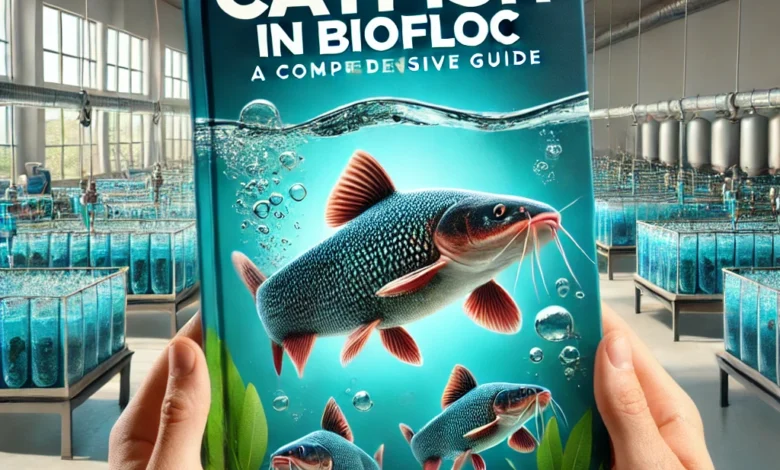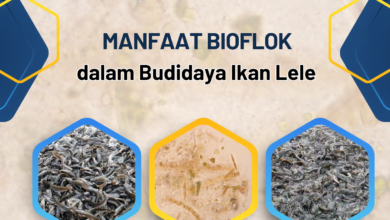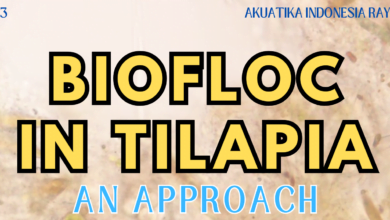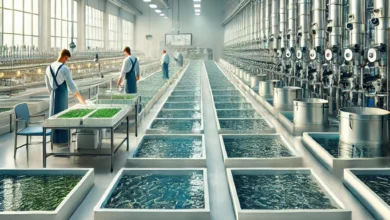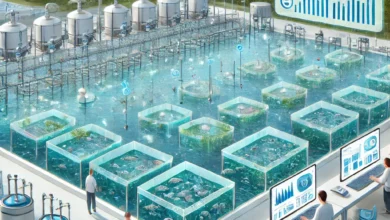Seed Production of Catfish in Biofloc offers a comprehensive guide to modern catfish hatchery practices, emphasizing sustainable and eco-friendly techniques. The book highlights biofloc technology, which creates a controlled environment that reduces water usage and improves seed quality. This technology helps address traditional hatchery challenges, including water pollution, disease control, and feed consistency.
The authors discuss the selection of broodstock, critical in ensuring the genetic quality and health of the seed. Detailed procedures for natural and artificial spawning are included, providing hatchery operators with both traditional and advanced options. Egg handling, water management, and incubation methods are also covered, ensuring optimal hatching rates.
The book emphasizes biofloc’s role in maintaining water quality and promoting fish health. By encouraging the growth of beneficial microorganisms, biofloc reduces reliance on antibiotics and minimizes water waste. The authors draw from years of research and practical applications to demonstrate the effectiveness of this system in boosting hatchery productivity.
Nursery management is another key focus. The book offers strategies for pond preparation, disease management, and feeding regimens that improve fry growth and survival. It also details how biofloc systems can be integrated into nursery operations to further enhance efficiency.
In addition to technical advice, the book provides insights into the economic benefits of biofloc-based hatcheries. By reducing operational costs and improving seed quality, this technology makes hatcheries more competitive in both local and global markets.
The authors address the challenges faced by hatchery operators, such as fluctuating water quality, disease outbreaks, and environmental stressors. The book offers practical solutions, including the use of probiotics and automation, to overcome these obstacles and enhance production.
A chapter on market analysis explores the growing demand for catfish seed and offers strategies for marketing and distribution. The authors emphasize the importance of meeting the rising demand for sustainable aquaculture products in both domestic and international markets.
The book concludes with recommendations for improving hatchery operations and promoting sustainability. It encourages operators to adopt modern techniques like biofloc to ensure long-term success while minimizing environmental impact.
Overall, Seed Production of Catfish in Biofloc is an essential resource for hatchery operators, researchers, and students in the field of aquaculture. Its combination of practical tips, real-world examples, and in-depth research makes it a valuable tool for anyone looking to improve their catfish farming practices
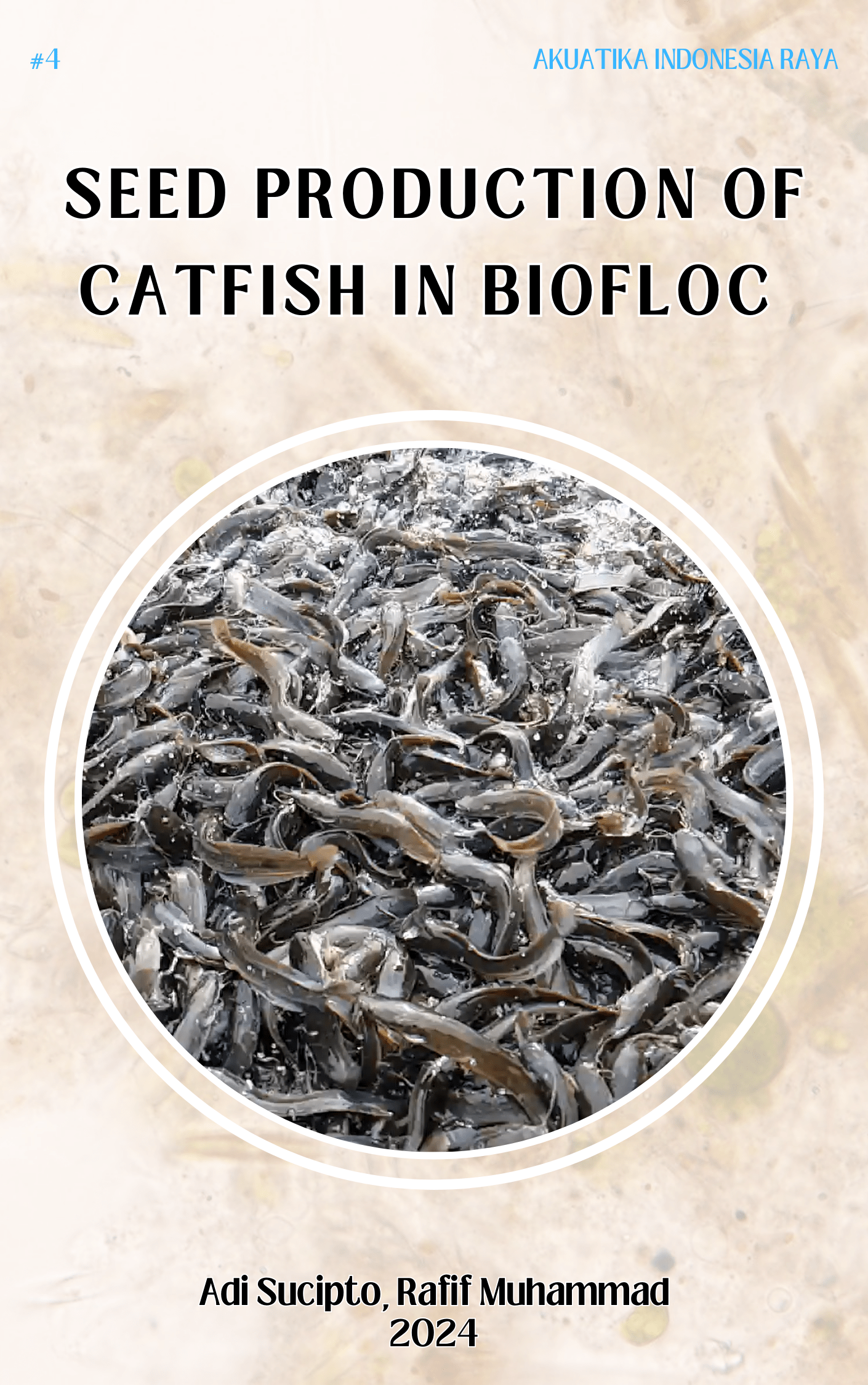
Authors:
Adi Sucipto: With over 25 years of experience in aquaculture engineering, Adi Sucipto brings a wealth of knowledge in hatchery management and the application of biofloc technology in aquaculture.
Rafif Muhammad: A student at Universitas Brawijaya, Rafif Muhammad combines academic excellence with hands-on experience in operating a catfish hatchery, contributing fresh insights and innovative approaches to biofloc systems.
The book serves as a valuable resource for aquaculture professionals, researchers, students, and anyone interested in sustainable fish farming practices. It not only provides technical guidance but also encourages the adoption of environmentally friendly practices that can lead to more efficient and profitable catfish farming operations.
